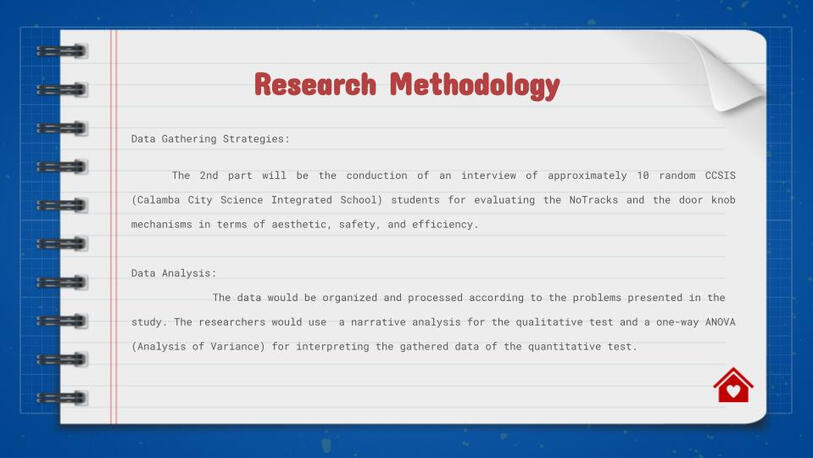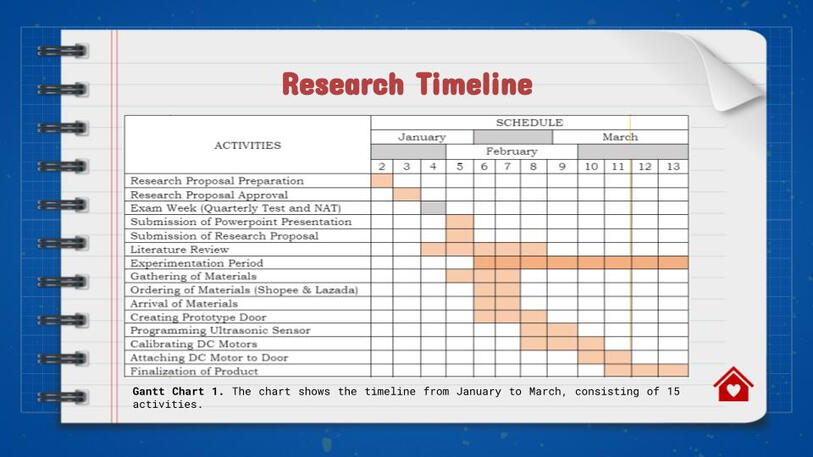Proposal Presentation
Slide 1
Group # &
Section

Slide 2
Names of MembersResearch Title
1. Determine the focus of your research.
2. Brainstorm keywords related to your topic.
3. Identify the main ideas.
4. Combine the main ideas with a catchy phrase.
5. Keep the title concise (under 15 words).
6. Use appropriate language and style.
7. Revise and refine until the title accurately reflects your research.
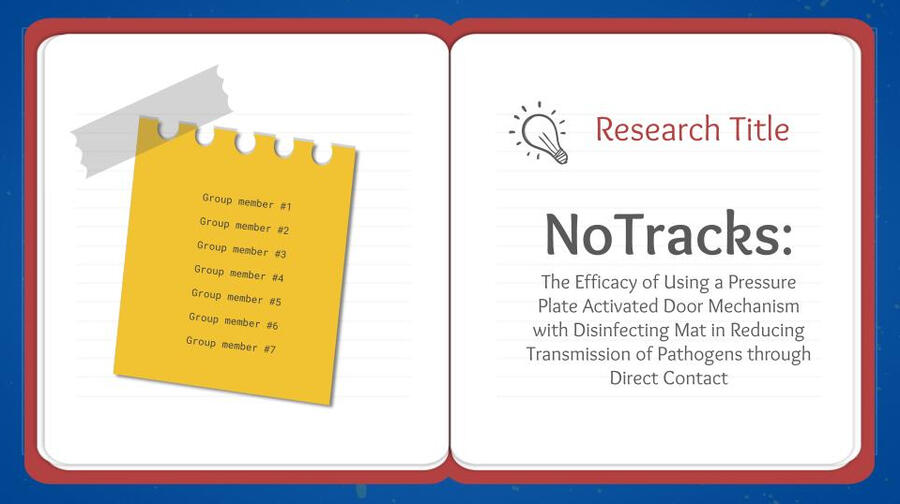
Slide 3
Short Rationale
Introduction:
[Provide a brief background on the topic of your study]. [Identify the research problem or gap in the existing literature]. [State your study's purpose and research question(s)].Research Rationale:
[Explain why your study is necessary or important]. [Describe how your study will address the gap or problem in the existing literature]. [Highlight the potential benefits and implications of your study].Significance:
[Explain the potential significance of your study]. [Identify the potential contributions of your study to the field]. [Discuss the practical or theoretical implications of your study].Conclusion:
[Summarize the main points of your research rationale]. [Reiterate the importance and relevance of your study]. [Emphasize the potential contributions and implications of your study].

Slide 4
Research Question (minimum of 4)
When creating research questions, it can be helpful to follow this template:1. What is the relationship between [independent variable] and [dependent variable]?
Example: What is the relationship between exercise and weight loss?
2. How does [independent variable] affect [dependent variable]?
Example: How does social media use affect self-esteem in adolescents?
3. What is the effect of [independent variable] on [dependent variable]?
Example: What is the effect of caffeine consumption on sleep quality?
4. What is the difference between [group 1] and [group 2] in terms of [dependent variable]?
Example: What is the difference in academic performance between students who attend traditional schools and those who attend online schools?
5. What factors contribute to [phenomenon of interest]?
Example: What factors contribute to employee turnover in the hospitality industry?
6. How can [phenomenon of interest] be improved?
Example: How can online learning be improved to better meet the needs of students with disabilities?
7. What is the prevalence of [phenomenon of interest] in [population of interest]?
Example: What is the prevalence of anxiety disorders in college students?
8. What are the experiences of [group of people] regarding [phenomenon of interest]?
Example: What are the experiences of LGBTQ+ individuals in accessing healthcare services?
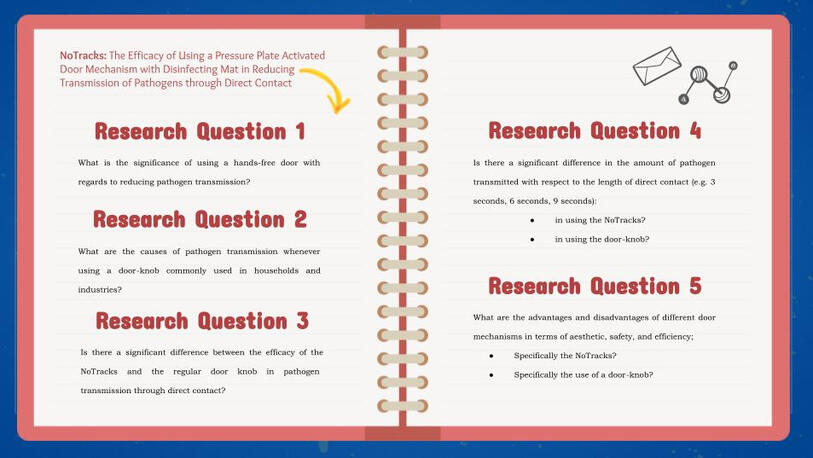
Slide 5
Research Paradigm
Quantitative research paradigms:1. Positivist: This paradigm assumes that the world is objective and measurable, and that research should use scientific methods to uncover universal truths. It emphasizes the use of quantitative data and statistical analysis to test hypotheses and make predictions.
2. Post-positivist: This paradigm recognizes that the world is not fully objective and that there is a subjective element to research. It emphasizes the use of empirical data and scientific methods to test hypotheses, but also recognizes the importance of social and cultural contexts in shaping research outcomes.
3. Constructivist: This paradigm emphasizes the role of individual interpretation and subjective experience in shaping research outcomes. It uses qualitative data and interpretive methods to explore complex social phenomena.Qualitative research paradigms:1. Constructivist: This paradigm emphasizes the role of individual interpretation and subjective experience in shaping research outcomes. It uses qualitative data and interpretive methods to explore complex social phenomena.
2. Interpretivist: This paradigm focuses on understanding the meanings that individuals attach to their experiences and the social contexts in which these experiences occur. It uses qualitative data and interpretive methods to uncover the meanings that individuals attribute to their experiences.
3. Critical: This paradigm focuses on the power dynamics that shape social reality and seeks to challenge dominant narratives and structures of oppression. It uses qualitative data and critical analysis to uncover the underlying social, political, and economic forces that influence social phenomena.
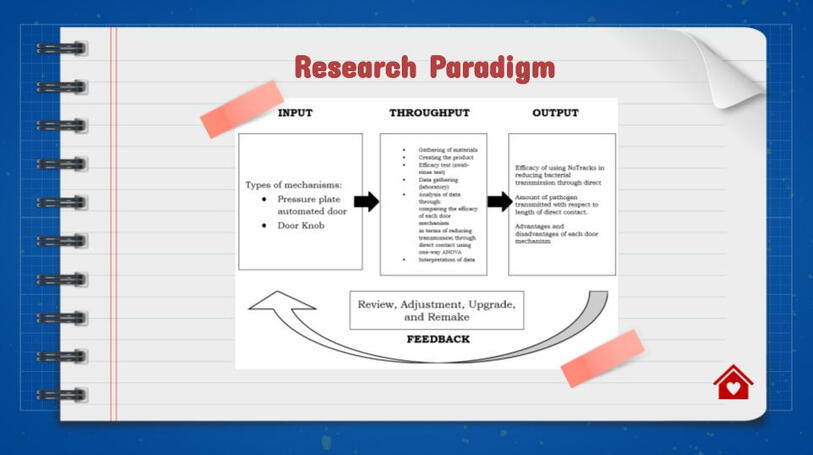
Slide 6
Significance of the study(societal relevance/social responsibility of proposed research project)
Title of the study] is an important research project because it aims to [briefly explain the overall goal or objective of the study]. The significance of this study lies in its potential to [insert the potential impact of the study, such as advancing scientific knowledge, improving practical applications, addressing a gap in the literature, or contributing to policy decisions].The findings of this study could have important implications for [insert the specific population, industry, or field that may benefit from the study's findings]. Additionally, this study may provide valuable insights into [insert the specific research questions or areas of inquiry that the study addresses].Overall, the significance of this study lies in its potential to [insert the broader impact or contribution of the study]. By addressing important research questions and providing new insights into [insert the relevant topic or field], this study has the potential to inform future research and practice in [insert the specific area of study].
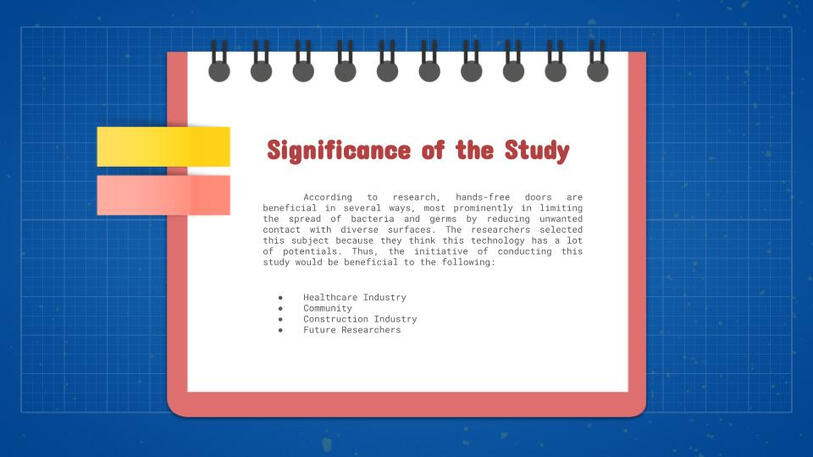
Slide 7
esearch Methodology
a. Research DesignThere are several types of research designs that can be used in social science research, and they can be broadly categorized into three main types: qualitative, quantitative, and mixed-methods research.Qualitative research is an exploratory research method that seeks to understand and describe complex phenomena by examining them in their natural setting. It uses methods such as interviews, focus groups, and observations to collect data, and it is often used to develop theories or hypotheses.Quantitative research is a research method that uses numerical data to describe and analyze phenomena. It often uses experiments or surveys to collect data and uses statistical analysis to identify patterns and relationships between variables. It is often used to test hypotheses or predictions.Mixed-methods research is an approach that combines both qualitative and quantitative methods to provide a more comprehensive understanding of a research question. It can involve collecting and analyzing both numerical and non-numerical data to address a research question, and it is often used when the research question requires a more in-depth exploration.Each type of research design has its strengths and weaknesses, and the choice of research design will depend on the research question, the data available, and the resources and time available for the study.b. Locale of the StudyThe "local of the study" refers to the specific geographic location or physical setting where a research study will be conducted. To create a statement about the local of the study, you can use the following fill-in-the-blank format:"The study will be conducted in [name of the specific geographic location or physical setting], which is important because [brief explanation of why this location is relevant to the research]."For example: "The study will be conducted in rural villages in northern India, which is important because it will allow us to examine the effectiveness of community health interventions in an area with limited healthcare resources."
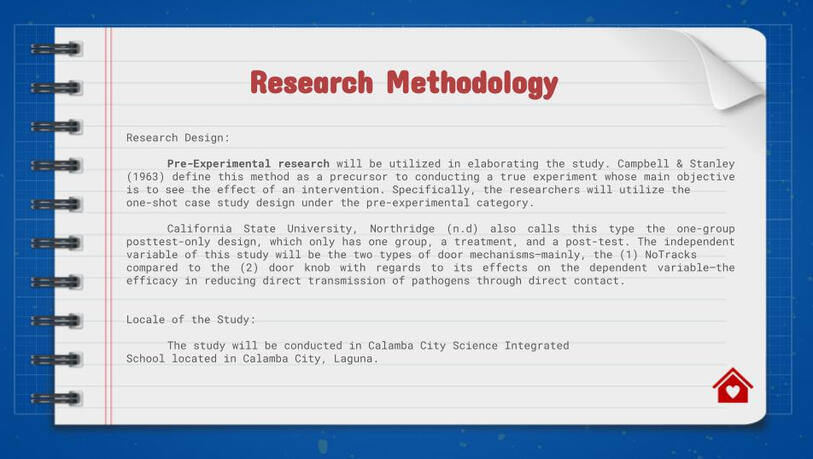
c. Materials to be used
(depends on what you need)
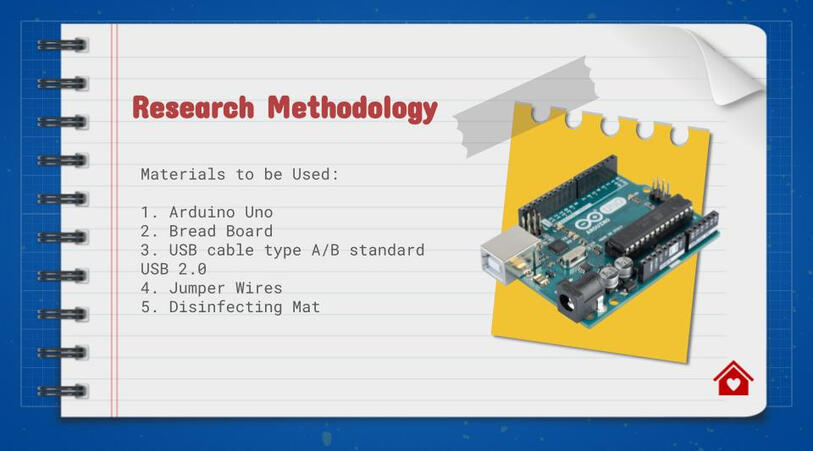
d.Projects Development Overview
1. Define project scope: This involves defining the goals and objectives of the project, as well as determining the specific tasks and activities that will be required to achieve them.
2. Create a project plan: This involves creating a detailed plan that outlines the project timeline, milestones, and deliverables, as well as the resources and personnel needed to complete each phase of the project.
3. Identify resources: This includes identifying the personnel, equipment, and materials needed to complete the project, as well as securing any necessary funding or other resources.
4. Execute the project plan: This involves putting the plan into action and managing the project through its lifecycle, including monitoring progress, resolving any issues that arise, and adjusting the plan as needed.
5. Evaluate the project: This involves reviewing the project after completion to determine if it met its goals and objectives, identify any areas for improvement, and incorporate any lessons learned into future projects.Overall, project development is a complex and iterative process that requires careful planning, effective communication, and strong project management skills to ensure that the project is completed on time, within budget, and to the satisfaction of all stakeholders.

e.Data Gathering StrategiesData gathering strategies refer to the methods and techniques that researchers use to collect data in research studies. The choice of data gathering strategy depends on the type of research question, the research design, and the available resources. Some of the most common data gathering strategies include:1. Surveys: A survey is a questionnaire that is used to collect data from a sample of individuals. Surveys can be conducted online, by mail, or in person.
2. Interviews: Interviews involve asking open-ended questions to individuals or groups. Interviews can be conducted face-to-face, over the phone, or through video conferencing.
3. Observations: Observations involve watching and recording the behavior of individuals or groups. Observations can be conducted in natural settings or in laboratory settings.
4. Experiments: Experiments involve manipulating one or more variables to observe their effect on a dependent variable. Experiments can be conducted in laboratory settings or in natural settings.
5. Case studies: Case studies involve in-depth analysis of a particular case or a small number of cases. Case studies can use a variety of data sources, such as interviews, observations, and documents.
6. Secondary data analysis: Secondary data analysis involves using existing data sources, such as government statistics or data from previous studies, to answer research questions.
7. Focus groups: Focus groups involve bringing together a small group of individuals to discuss a particular topic. Focus groups can provide insights into attitudes and opinions on a topic.Each data gathering strategy has its strengths and weaknesses, and researchers must carefully consider which strategy is most appropriate for their research question and design.
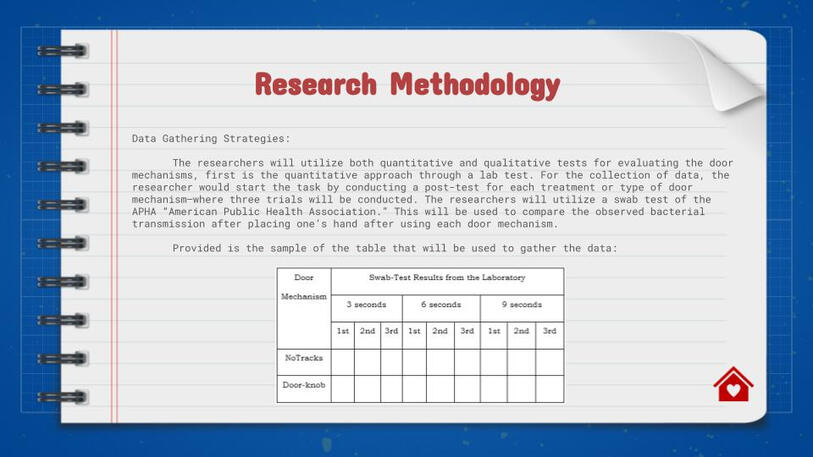
f. Data Analysis PlanHere is an example of a data analysis plan template with fill-in-the-blanks:1. Communication of results:
a. Research report: _________________
b. Visualizations: _________________
c. Presentation to stakeholders: _________________
2. Conclusions:
a. Answer to research question: _________________
b. Limitations of analysis: _________________
3. Interpretation of results:
a. What do the results mean? _________________
b. What are the implications for the research question? _________________
4. Statistical analysis:
a. Software tool: _________________
b. Reproducibility: _________________
c. Documentation: _________________
5. Statistical methods: _________________
6. Exploratory data analysis:
a. Visualize the data: _________________
b. Calculate summary statistics: _________________
c. Identify patterns, trends, and relationships: _________________
7. Data cleaning:
a. Identify missing data: _________________
b. Remove or impute missing data: _________________
c. Check for outliers: _________________
d. Standardize variables: _________________
8. Data sources:
a. _________________
b. _________________
c. _________________
9. Research question: _________________g.Research Timeline
(Gantt chart)
